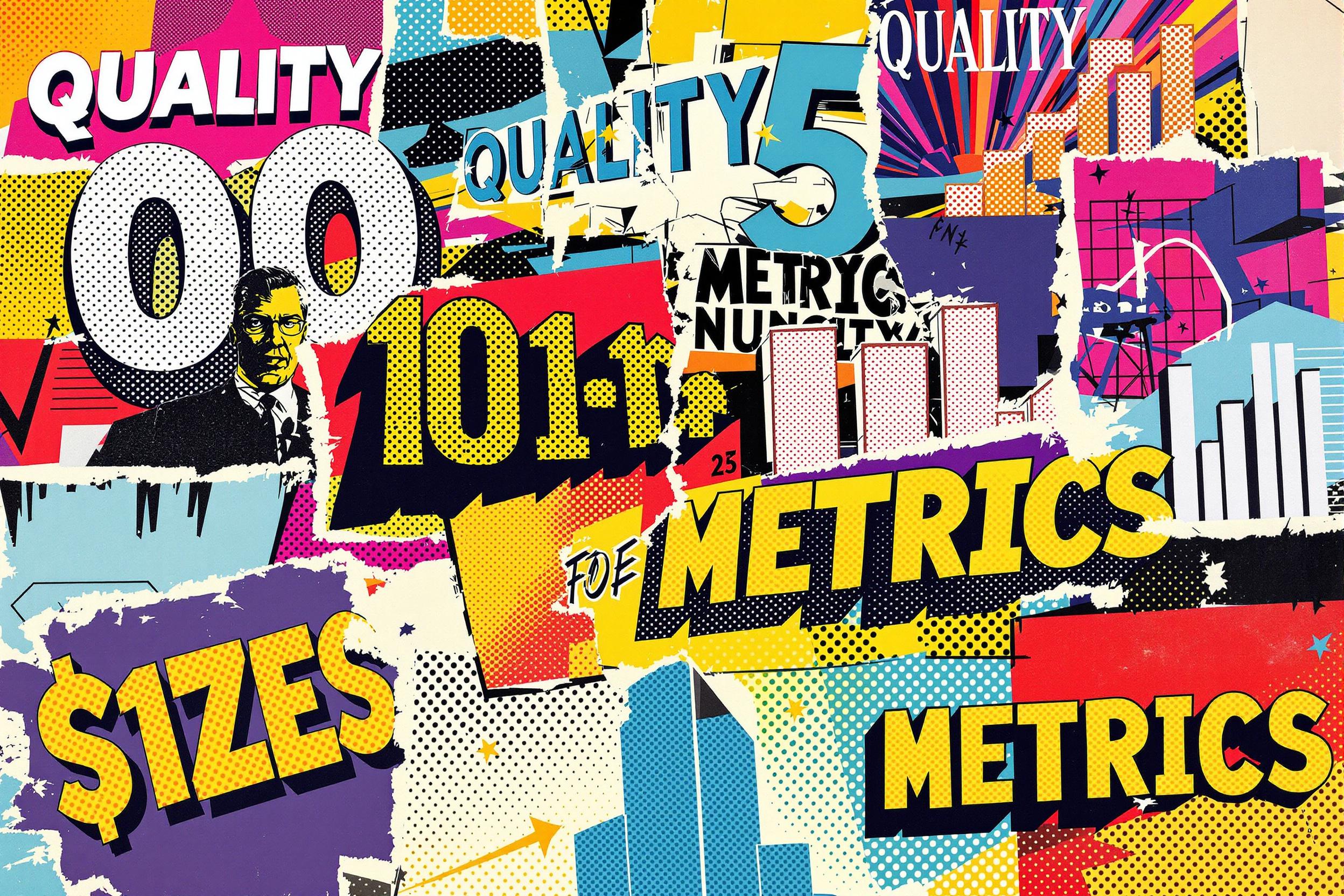
Quantification Limit
A Quantification Limit (also known as Limit of Quantification or LOQ) is a key concept in laboratory work that shows how well someone can measure small amounts of substances accurately. Think of it like a microscope's ability to see tiny details - below a certain point, the picture gets too fuzzy to be reliable. In job contexts, when candidates mention working with quantification limits, it means they have experience with precise measurements and understanding how reliable their test results are. This is especially important in fields like pharmaceutical research, environmental testing, or food safety, where exact measurements matter.
Examples in Resumes
Improved Quantification Limit in trace metal analysis by 50% through method optimization
Validated testing methods to achieve lower LOQ for environmental contaminants
Established new Quantification Limit protocols for pharmaceutical quality control
Typical job title: "Analytical Scientists"
Also try searching for:
Where to Find Analytical Scientists
Professional Organizations
Online Communities
Job Resources
Example Interview Questions
Senior Level Questions
Q: How would you approach improving a method's quantification limit?
Expected Answer: The candidate should explain in simple terms how they would systematically evaluate and improve measurement accuracy, considering factors like equipment calibration, sample preparation, and method validation.
Q: Describe a time when you had to defend your quantification limits to regulatory authorities.
Expected Answer: Look for examples of how they handled regulatory requirements and communicated technical information to non-technical stakeholders.
Mid Level Questions
Q: What factors affect quantification limits in your analytical methods?
Expected Answer: Should be able to explain basic factors like equipment sensitivity, sample preparation, and environmental conditions in simple terms.
Q: How do you validate that your quantification limits are reliable?
Expected Answer: Should describe basic method validation steps and quality control measures in an easy-to-understand way.
Junior Level Questions
Q: What is the difference between detection limit and quantification limit?
Expected Answer: Should be able to explain in simple terms that detection limit is the lowest amount you can detect, while quantification limit is the lowest amount you can measure reliably.
Q: How do you determine if a result is below the quantification limit?
Expected Answer: Should demonstrate basic understanding of how to compare results to established limits and what to do with results below these limits.
Experience Level Indicators
Junior (0-2 years)
- Basic laboratory techniques
- Understanding of standard operating procedures
- Basic method validation
- Data recording and documentation
Mid (2-5 years)
- Method optimization
- Troubleshooting analytical methods
- Quality control procedures
- Technical report writing
Senior (5+ years)
- Method development leadership
- Regulatory compliance expertise
- Team management
- Strategic planning for laboratory operations
Red Flags to Watch For
- No hands-on experience with analytical instruments
- Lack of understanding of basic quality control concepts
- Poor documentation practices
- No experience with method validation
Related Terms
Need more hiring wisdom? Check these out...

Recruitment Metrics That Matter in 2025: Moving Beyond Time-to-Hire

Unlocking the Competitive Edge: Benchmarking Your Talent Acquisition Metrics

Stop Chasing Unicorns: How to Finally Improve Candidate Quality Metrics (and Actually Enjoy Hiring)

